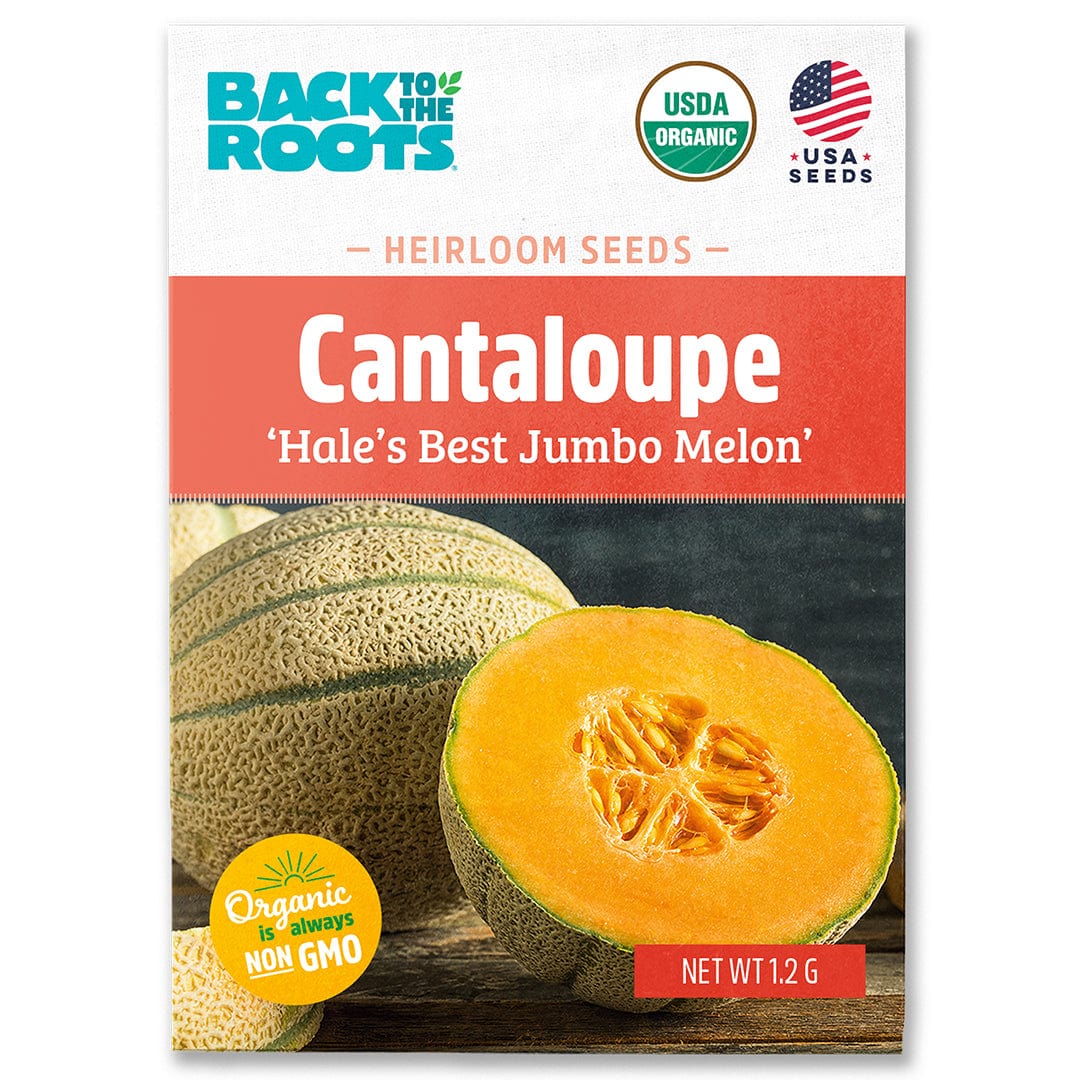
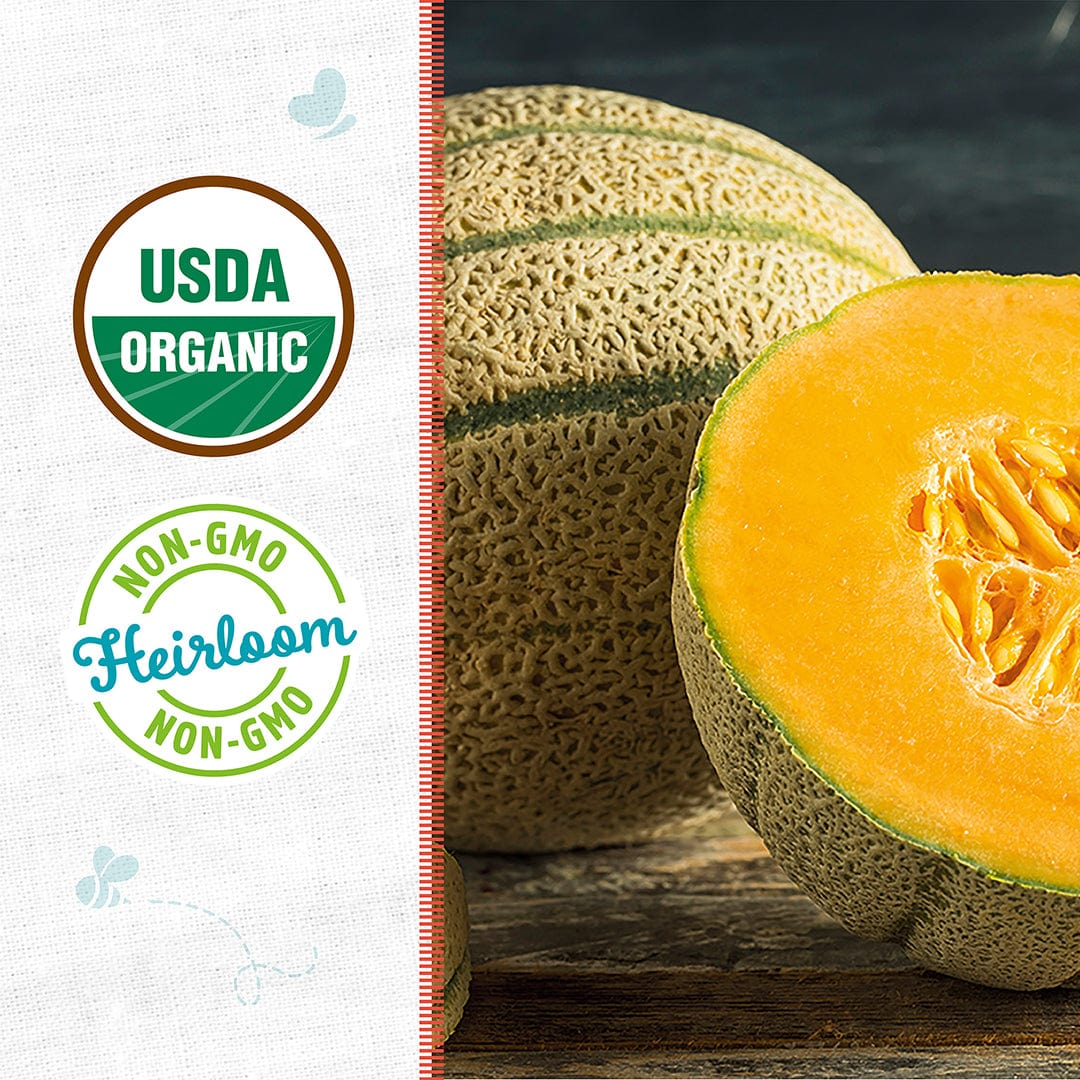
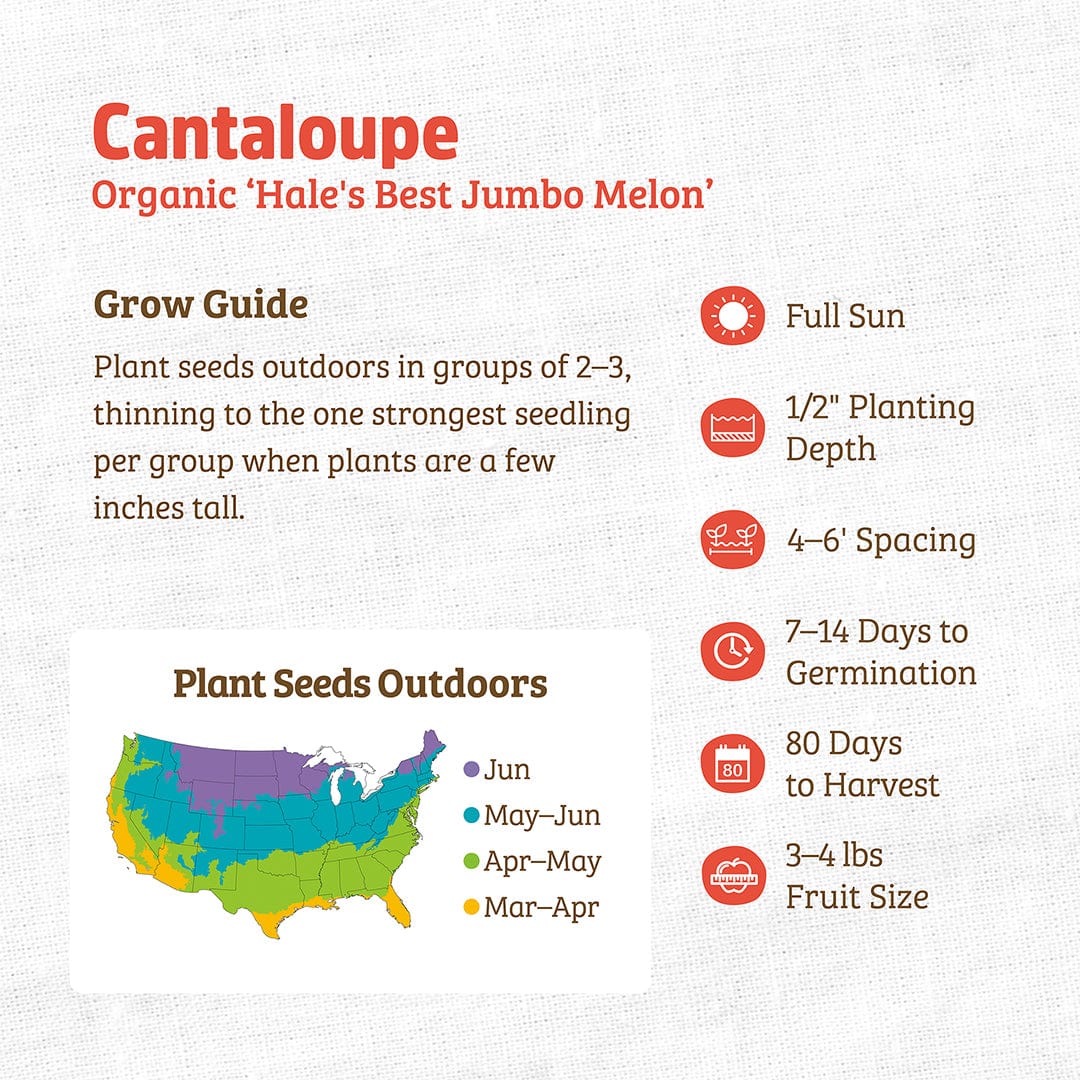
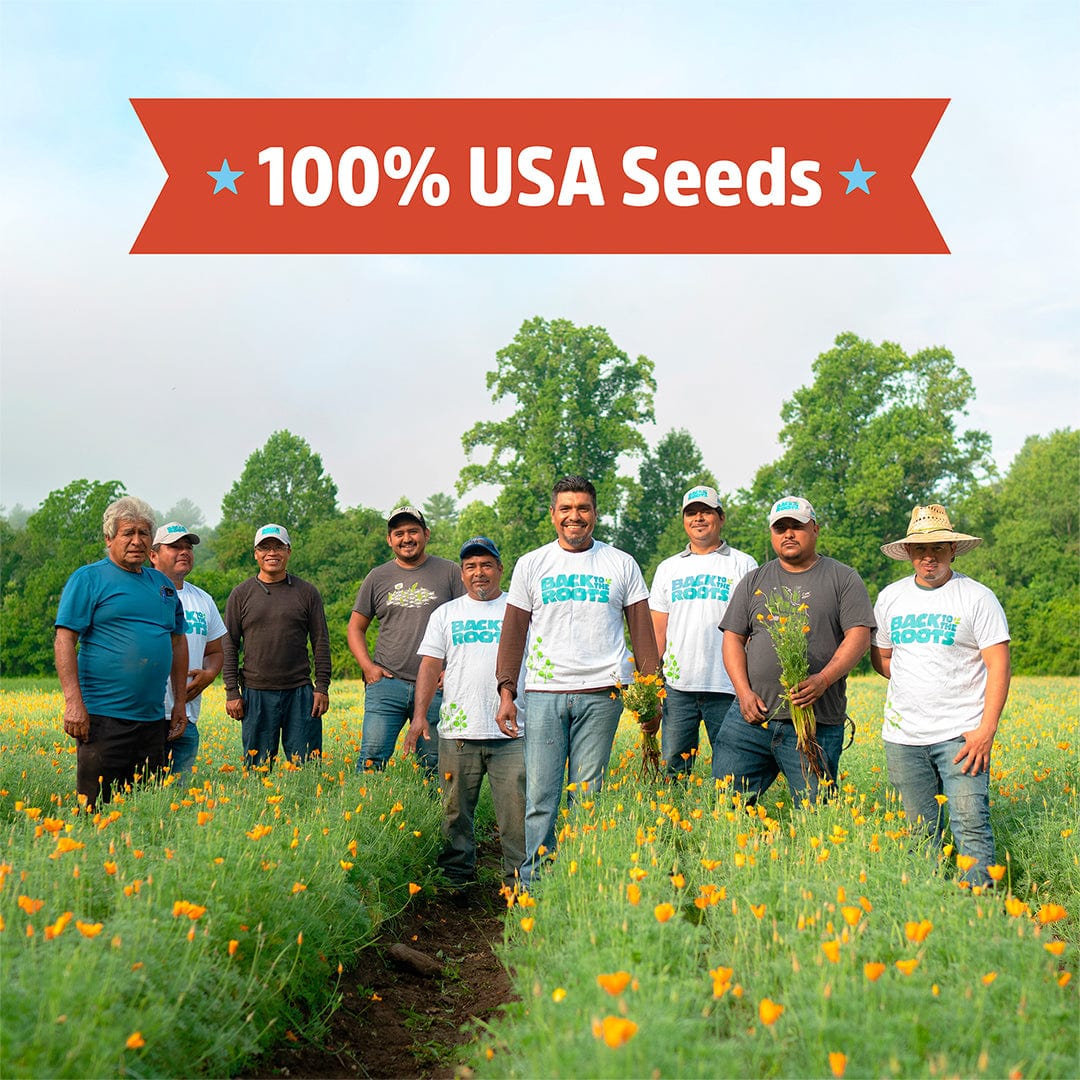

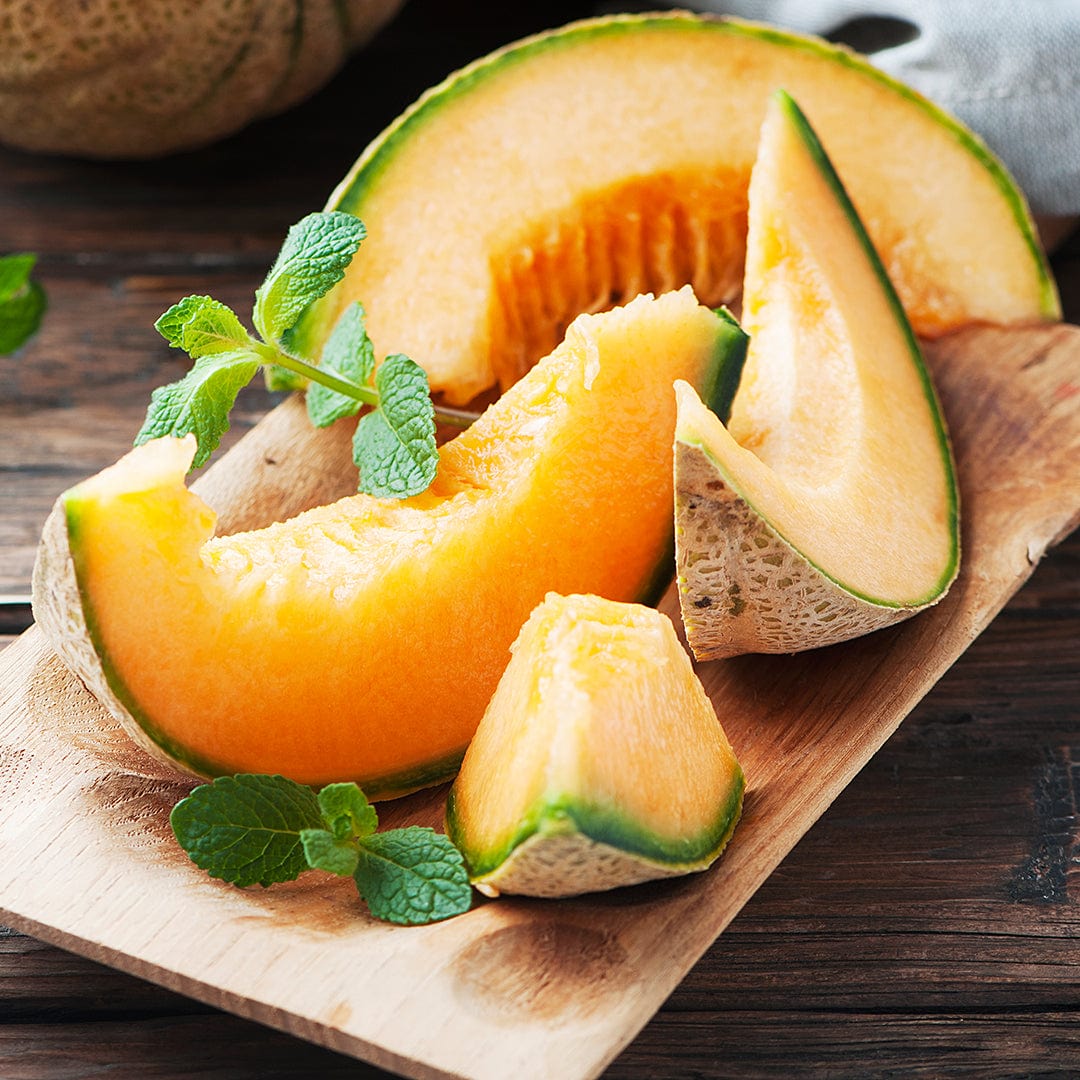
Use Code "EarlySeason50" for Limited Time Bulk Soil Savings!


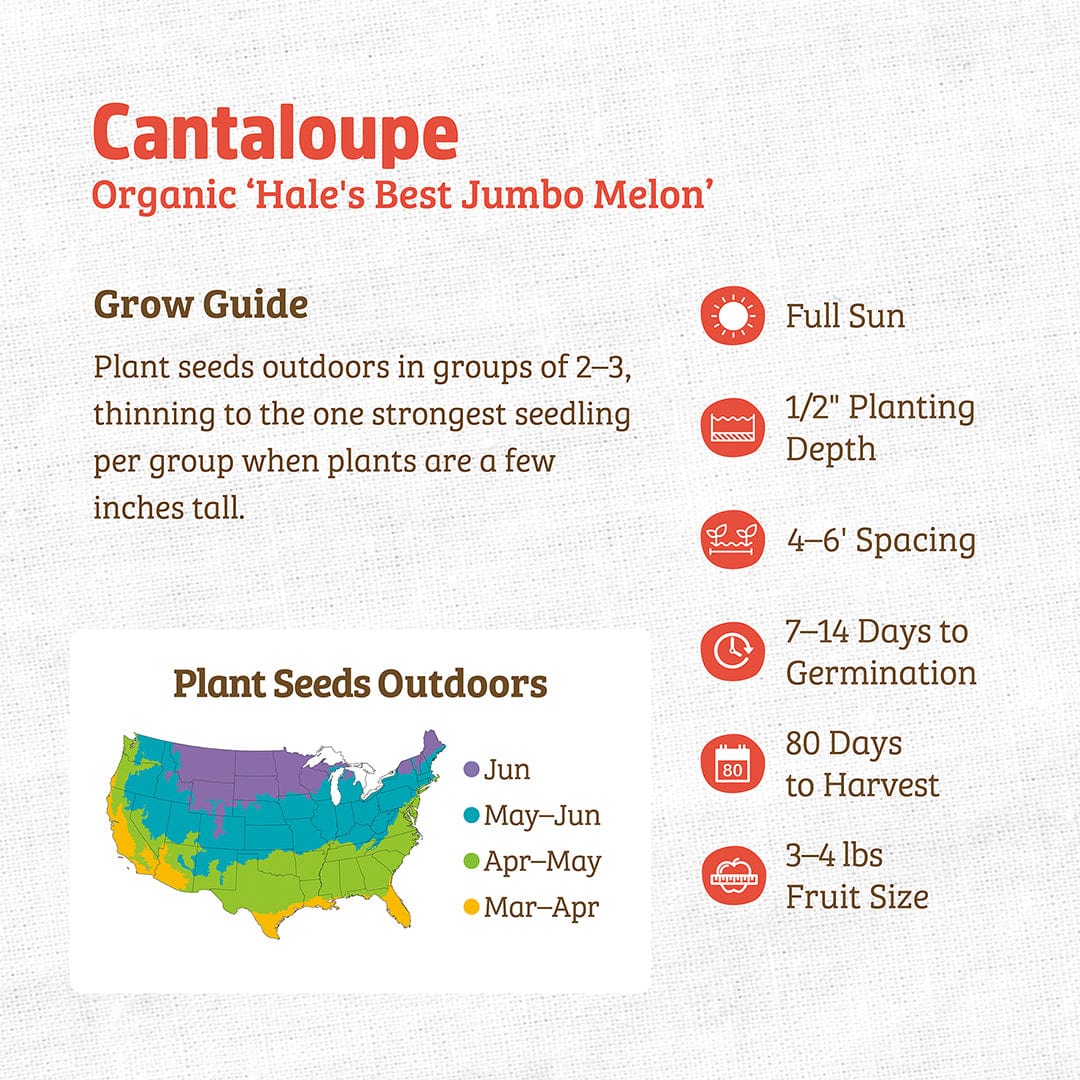
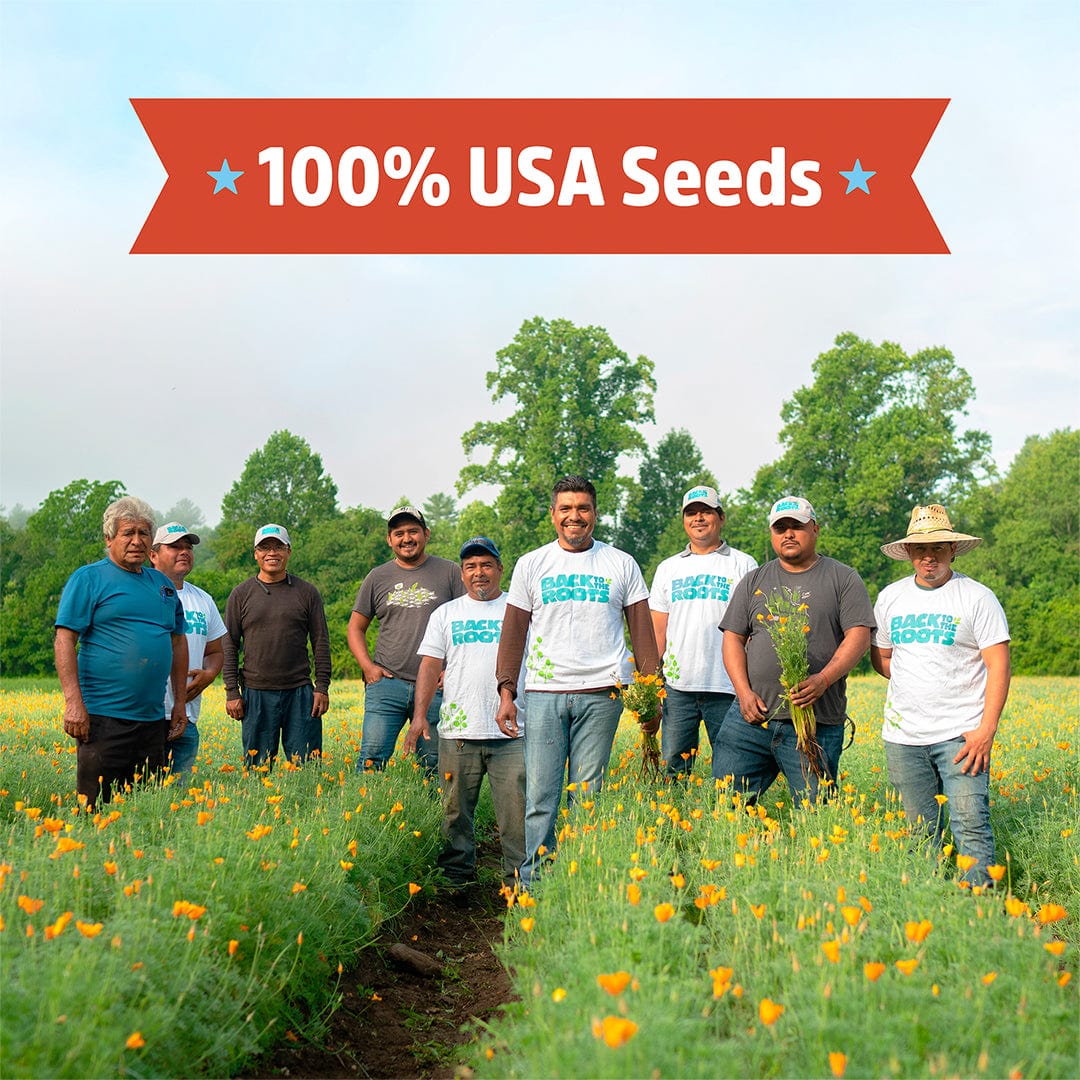
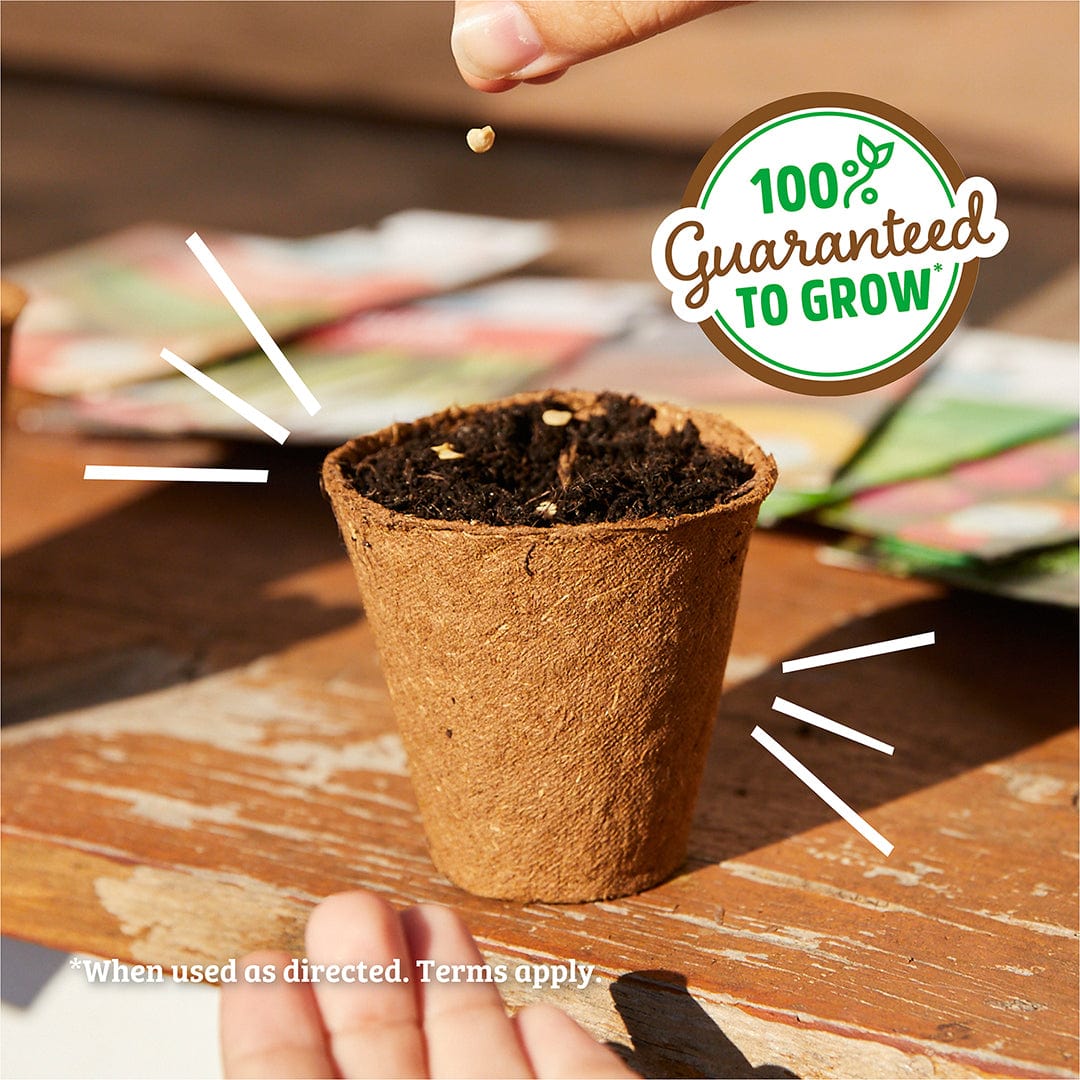

Cantaloupes are a type of melon with a tan-green rind. They are a delicious, heat-loving melon with a relatively long growing season, making them especially well-suited for southern gardeners.
Cantaloupes do best in well-draining soil that’s a mix between loamy and sandy. Amend the soil with aged manure or compost before planting, as cantaloupes are heavy feeders. For best quality crop, provide full sun (6+ hours of direct sunlight per day). Cantaloupes also need ample vining space, so plan accordingly.
Cantaloupes are commonly planted directly in the garden once soil temperatures have reached at least 60°F. Use our grow calendar tool to find specific planting dates for your region! Seeds germinate in 7-14 days.
Plant seeds ½" inch deep in groups of 4-6, with each group spaced 4-6 feet apart. Plant seeds in hills or hilled rows to help with proper drainage. Thin to plant per group as seedlings develop.
Row covers are a good way to keep pests like squash bugs and vine borers at bay.
While the plants are growing, blooming, and setting fruit, they need 1 to 2 inches per square foot of water (about 1.5 gallons) per week. Use a drip irrigation system or water in the morning. Reduce watering once fruits are growing, as dry weather produces the sweetest melons.
Prune vines once fruit begins to grow to ensure best quality melons.
Male flowers may arrive several weeks before females appear - don’t be discouraged when first blooms do not produce fruit. Melon flowers do require pollination, so if bees are limited you must self-pollinate flowers.
When rinds begin to change from green to tan or yellow, the melon is typically ripe enough to pick. Look for a crack in the stem where it attaches to the fruit. This is a sign of ripeness as well. The fruit should be easy to separate from the vine.

Organic Cantaloupe Seeds — 'Hale's Best Jumbo Melon'
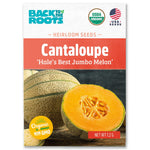






Be the first to know about new collections and exclusive offers.